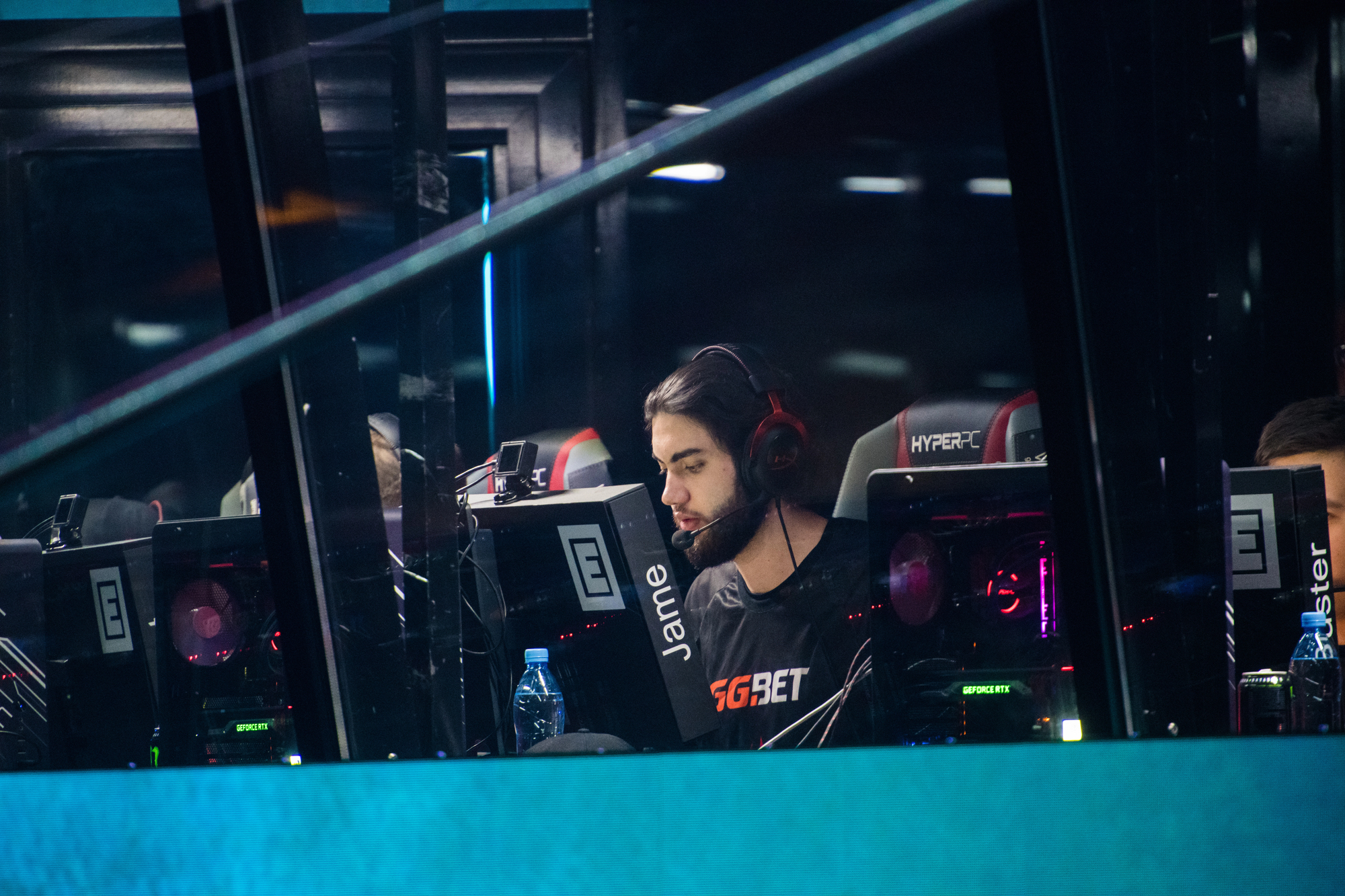

Game designers employ feedback loops to captivate players and maintain engagement. These systems provide constant information about in-game actions and progress, shaping the overall experience. Feedback loops in games create a cycle of action, consequence, and reward that drives continued play.
Positive feedback loops amplify success, giving players a sense of accomplishment and encouraging further engagement. For example, earning experience points to level up a character creates a reinforcing cycle of growth and power. Negative feedback loops, on the other hand, introduce balance and challenge. They counteract runaway advantages and keep games competitive, such as catch-up mechanics in racing games.
Effective implementation of feedback loops requires careful balancing. Game designers must strike a harmony between rewarding play and maintaining an appropriate level of challenge. This balance helps create a flow state where players feel both competent and challenged, fostering long-term engagement with the game.
Understanding Feedback Loops in Game Design
Feedback loops are essential mechanisms in game design that shape player experiences and drive engagement. They influence how games respond to player actions, creating a dynamic interplay between player input and game output.
The Role of Positive and Negative Feedback
Positive feedback loops amplify player success, creating a sense of accomplishment and reward. When players perform well, they receive bonuses or advantages that help them excel further. For example, kill streak rewards in shooting games give skilled players additional resources to maintain their lead.
Negative feedback loops act as balancing forces, helping struggling players catch up. These systems provide assistance or obstacles to level the playing field. Mario Kart’s item distribution system exemplifies this, giving powerful items to players in last place while limiting options for those in the lead.
Balance and Progression Through Feedback
Feedback loops play a key role in maintaining game balance and driving player progression. Positive loops can create exciting moments of growth, allowing players to feel their skills improving over time. Upgrade systems often use this principle, letting players invest in abilities that make them increasingly powerful.
Negative loops prevent games from becoming too one-sided or frustrating. They keep matches competitive and give losing players hope for a comeback. Some games use rubber-banding AI in racing games, where computer-controlled opponents adjust their speed based on the player’s performance.
Designers must carefully tune these systems to create engaging experiences. Too much positive feedback can lead to runaway victories, while excessive negative feedback might feel unfair to skilled players.
Implementing Feedback Loops in Modern Games
Feedback loops are integral to modern game design, shaping player experiences and driving engagement. These systems respond to player actions, creating dynamic gameplay that adapts to skill levels and play styles.
Case Study: Mario Kart’s Blue Shell
Mario Kart’s Blue Shell exemplifies a negative feedback loop in racing games. This powerful weapon targets the leading player, allowing others to catch up. The Blue Shell creates tension for frontrunners and hope for trailing racers.
The item’s rarity increases its impact. Players in lower positions have a higher chance of receiving it, balancing the race. This mechanic prevents skilled players from dominating completely, keeping races competitive and exciting for all participants.
The Blue Shell’s presence affects player strategies. Leaders may intentionally fall back to avoid being targeted, while others might hold onto the item as a threat. This adds depth to the racing experience beyond simple speed.
Mechanics and Player Engagement
Feedback loops in games directly influence player engagement through various mechanics. Positive loops reward success, encouraging players to improve and continue playing. Examples include experience points systems in role-playing games, where stronger characters can defeat tougher enemies and gain more experience.
Negative loops help maintain game balance. They increase challenge for successful players or provide assistance to struggling ones. Rubber-banding in racing games, where AI opponents speed up to match the player’s performance, is a common implementation.
Well-designed feedback loops create a sense of progression and achievement. They offer clear goals and rewards, motivating players to invest time and effort. Balancing these systems is crucial to maintain fairness and prevent frustration.
Developers fine-tune feedback loops through playtesting and data analysis. They adjust parameters to create the desired gameplay experience, aiming for a mix of challenge and reward that keeps players engaged without becoming overwhelming or boring.
Game Design Tools for Creating Feedback Loops
Game designers use specialized tools to craft engaging feedback loops. These tools help balance rewards and challenges while tracking player actions and responses.
Balancing Rewards and Challenges
Game designers employ a variety of tools to balance positive and negative feedback loops. Points systems allow for precise control over rewards, with designers adjusting point values to fine-tune player motivation.
Difficulty scaling tools help create appropriate challenges as players progress. These tools often use algorithms to adjust enemy strength, puzzle complexity, or resource scarcity based on player performance.
Some designers use simulation software to test different feedback loop configurations. This allows them to predict how changes will impact player behavior before implementing them in the game.
Tracking Player Actions and Responses
Analytics platforms are key tools for monitoring how players interact with feedback loops. These tools collect data on player actions, progress rates, and engagement levels.
Heatmaps visualize where players spend time in the game, helping designers identify areas that need improved feedback. A/B testing tools allow designers to compare different versions of feedback loops to see which ones players respond to best.
Many games use built-in achievement systems to track player milestones. Designers can adjust these to create more frequent positive feedback for players who need extra motivation.
Implications of Feedback Loops for Player Experience
Feedback loops in game design shape how players interact with and perceive a game. These systems influence difficulty, motivation, and the sense of achievement players feel during gameplay.
Empowering Players with Dynamic Difficulty
Dynamic difficulty adjustments create personalized challenges for players of varying skill levels. Games like Resident Evil 4 use hidden mechanics to adapt enemy behavior and resource availability based on player performance. This approach keeps gameplay engaging without frustrating less skilled players or boring experienced ones.
Adaptive systems can increase or decrease challenge levels in real-time. A player struggling with a boss fight might find enemies dealing less damage or health items appearing more frequently. Conversely, a skilled player breezing through levels may encounter tougher foes or scarcer resources.
These feedback loops aim to maintain a balance between challenge and player capability. By doing so, they help sustain player engagement and reduce the likelihood of players quitting due to excessive difficulty or lack of challenge.
The Psychology of Rewarding Gameplay
Positive feedback loops tap into psychological reward systems, encouraging continued play and skill development. Games often use visual and auditory cues to signal success, such as experience points floating upward or celebratory music playing after defeating a boss.
These rewards activate dopamine release in the brain, creating feelings of pleasure and accomplishment. As players improve, they receive more frequent or substantial rewards, reinforcing their desire to continue playing and improving their skills.
Progression systems tied to feedback loops give players a sense of growth and mastery. Unlocking new abilities, accessing better equipment, or revealing new story elements as rewards for successful play creates a cycle of achievement and anticipation that keeps players invested in the game experience.










